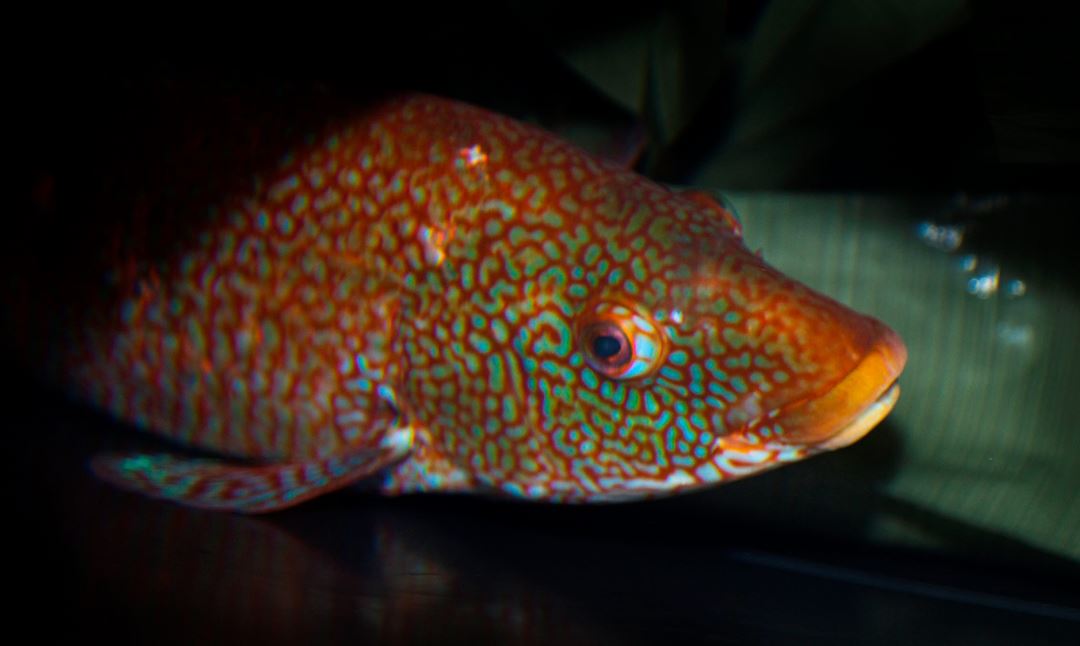An increase in the catch of wild wrasse, as indicated above may represent a threat to wild stocks. To meet the need for wrasse in the salmon farming industry, it is therefore necessary to develop methods for farming wrasse.
The project will be conducted as a collaboration between SINTEF, Nofima, IMR and NTNU, and covers key bottlenecks throughout the life cycle. All four major commercial wrasse farmers (Marine Harvest Labrus, Profunda, Nordland Leppefisk and Clean Fish) are active participants in the project. Researchers at the four institutions have extensive experience in developing production of new marine species. This includes species such as wrasse, halibut, cod, hake, turbot, sea bass and sea bream.
The project objectives
- clarify the impact of broodstock nutrition on egg production and egg quality
- develop technology for stripping, disinfection and incubation of eggs
- clarify the effect of nutrition and tank environment on larval survival, growth and development.
- develop technology for the juvenile and ongrowing phase
- clarify whether farmed ballan wrasse feed on salmon lice as effectively as wild-caught fish in cages
- develop protocols for intensive production of ballan wrasse

